Home>Furniture & Design>Interior Design Trends>How Much Sugar Is In A Glass Of Milk
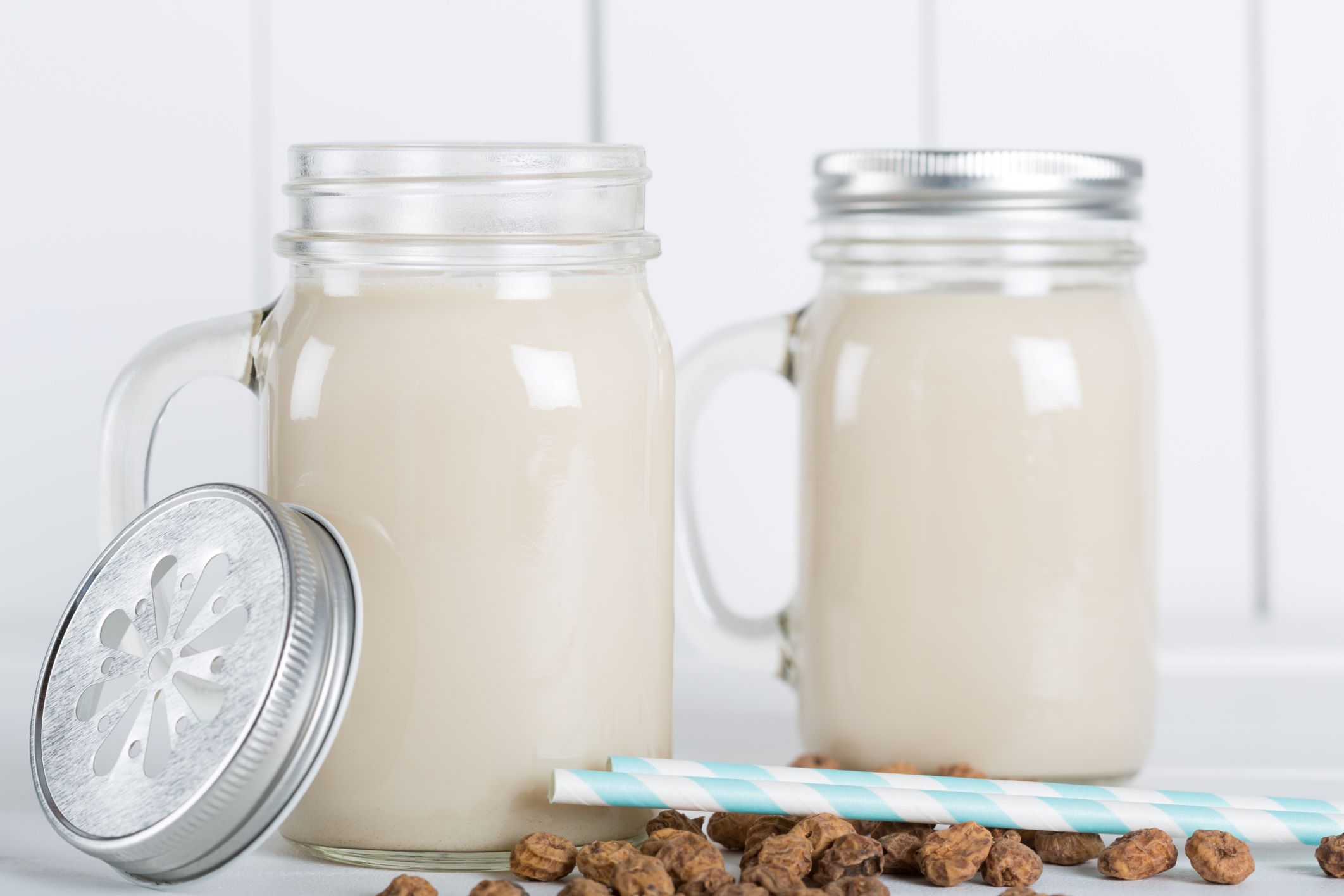

Interior Design Trends
How Much Sugar Is In A Glass Of Milk
Modified: February 18, 2024
Discover the latest interior design trends and tips for creating a stylish and functional space. Stay updated with the newest ideas and inspiration.
(Many of the links in this article redirect to a specific reviewed product. Your purchase of these products through affiliate links helps to generate commission for Storables.com, at no extra cost. Learn more)
Introduction
Milk is a staple in many households, cherished for its versatility and nutritional value. Whether enjoyed on its own, added to cereal, or incorporated into various recipes, milk is a beloved beverage that has been a part of human diets for centuries. However, in recent years, concerns have arisen regarding the sugar content in milk and its potential impact on health.
As consumers become more conscious of their dietary choices, the question of how much sugar is present in a glass of milk has garnered significant attention. Understanding the natural sugar content in milk, as well as the implications of added sugars in flavored varieties, is crucial for making informed decisions about milk consumption.
In this article, we will delve into the sugar content of different types of milk, exploring the natural sugars present and the potential effects of added sugars in flavored options. Additionally, we will examine the impact of sugar in milk on overall health and provide practical tips for selecting lower sugar milk alternatives. By shedding light on this topic, we aim to empower readers to make informed choices about their milk consumption, promoting a balanced and health-conscious approach to dietary habits.
Key Takeaways:
- Milk naturally contains sugar called lactose, providing energy and essential nutrients. Be mindful of added sugars in flavored milk for a healthier choice.
- Choose unflavored or reduced-sugar milk options to enjoy the benefits of milk while minimizing sugar intake. Read labels and explore plant-based alternatives for healthier choices.
Read more: How Much Sugar Is In A Glass Of Cabernet
The Natural Sugar Content in Milk
Milk, a fundamental source of essential nutrients, contains a naturally occurring sugar known as lactose. Lactose is a disaccharide composed of glucose and galactose, providing a sweet taste to milk without the need for added sugars. This natural sugar content varies slightly depending on the type of milk, with whole milk containing the highest amount of lactose, followed by reduced-fat and skim milk.
In a standard 8-ounce (240-milliliter) serving of milk, the natural sugar content typically ranges from 11 to 12 grams. Whole milk, renowned for its rich and creamy texture, contains the highest lactose content, contributing to its slightly sweeter taste compared to lower-fat alternatives. Reduced-fat and skim milk, which undergo varying degrees of fat removal, contain slightly lower levels of lactose, resulting in a less pronounced sweetness.
The natural sugar content in milk plays a crucial role in providing a source of energy for the body, particularly for growing children and individuals with active lifestyles. Lactose, as a natural sugar, is metabolized more slowly than added sugars, contributing to a steady release of energy and helping to maintain blood sugar levels. Additionally, the presence of lactose in milk facilitates the absorption of essential nutrients such as calcium and vitamin D, supporting overall bone health and immune function.
It is important to note that the natural sugar content in milk, primarily in the form of lactose, is distinct from added sugars commonly found in flavored and sweetened milk products. While lactose contributes to the inherent sweetness of milk, added sugars can significantly elevate the overall sugar content, potentially compromising the nutritional value of the beverage.
Understanding the natural sugar content in milk provides valuable insight into the composition of this dietary staple, enabling consumers to make informed choices about their milk consumption. By appreciating the presence of lactose as a natural sugar and its role in providing essential nutrients, individuals can develop a deeper understanding of the nutritional benefits offered by milk as part of a balanced diet.
Added Sugar in Flavored Milk
Flavored milk, often marketed as a delicious and convenient beverage option, has gained popularity among consumers of all ages. While the flavor variations, such as chocolate, strawberry, and vanilla, add an enticing appeal to milk, it is essential to be mindful of the added sugars present in these products. Unlike the natural sugar content found in unflavored milk, flavored varieties may contain significant amounts of added sugars to enhance their taste and sweetness.
The added sugars in flavored milk can contribute to a notable increase in the overall sugar content, potentially overshadowing the nutritional benefits of milk. Manufacturers often incorporate various sweetening agents, such as sucrose, high-fructose corn syrup, or other syrups, to achieve the desired flavor profile. As a result, a single serving of flavored milk can contain substantially higher sugar levels compared to its unflavored counterparts.
Consumers should be vigilant when selecting flavored milk products, as the added sugars can impact both the taste and nutritional composition of the beverage. Excessive consumption of added sugars has been linked to various health concerns, including weight gain, dental issues, and an increased risk of chronic conditions such as type 2 diabetes and cardiovascular disease. Therefore, it is crucial to be mindful of the sugar content in flavored milk and consider healthier alternatives to minimize the intake of added sugars.
Despite the presence of added sugars, flavored milk remains a viable option for individuals seeking variety in their beverage choices. By being discerning about the sugar content and opting for products with lower added sugar levels, consumers can still enjoy the flavorful experience while mitigating potential health risks associated with excessive sugar consumption. Additionally, some manufacturers offer reduced-sugar or sugar-free flavored milk options, catering to individuals who prioritize lower sugar intake without compromising taste.
In summary, the added sugars in flavored milk warrant careful consideration, especially in the context of overall dietary sugar intake. While flavored milk can provide a delightful indulgence, it is important to be mindful of the potential impact of added sugars on health and well-being. By making informed choices and being aware of the sugar content in flavored milk, consumers can strike a balance between enjoyment and nutritional consciousness, fostering a holistic approach to their dietary habits.
Comparing Sugar Content in Different Types of Milk
When comparing the sugar content in different types of milk, it's essential to recognize the variations arising from factors such as fat content and flavor additions. Whole milk, known for its richness and creamy texture, contains the highest natural sugar content due to its higher fat content. In a standard 8-ounce serving, whole milk typically contains approximately 11 to 12 grams of natural sugar, primarily in the form of lactose. This inherent sweetness contributes to the distinct flavor profile of whole milk, making it a favored choice for those seeking a fuller-bodied taste.
In contrast, reduced-fat and skim milk, which undergo varying degrees of fat removal, exhibit slightly lower levels of natural sugar. Reduced-fat milk contains approximately 12 grams of natural sugar per serving, while skim milk, renowned for its minimal fat content, contains around 11 grams. The reduction in fat content in these milk varieties results in a less pronounced sweetness compared to whole milk, offering a lighter and more refreshing flavor profile.
Furthermore, when flavored milk options are considered, the sugar content can significantly vary based on the type and amount of added sugars. Flavored milk, such as chocolate or strawberry varieties, often contains higher total sugar levels due to the incorporation of added sweeteners to enhance the taste. The added sugars in flavored milk can substantially elevate the overall sugar content, potentially overshadowing the natural sweetness derived from lactose.
In recent years, the market has seen an emergence of alternative milk options, such as almond, soy, and oat milk, catering to individuals with dietary preferences and restrictions. These plant-based milk alternatives offer a diverse range of flavors and nutritional profiles, with varying sugar content based on the ingredients and production methods. While unflavored versions of these alternative milks may contain minimal natural sugars, flavored varieties may include added sugars to achieve desired taste profiles.
By comparing the sugar content in different types of milk, consumers can gain valuable insights into the nutritional composition of these beverages. Understanding the variations in natural and added sugar levels empowers individuals to make informed choices aligned with their dietary preferences and health goals. Whether opting for traditional dairy milk or exploring plant-based alternatives, being mindful of the sugar content enables consumers to select options that align with their taste preferences and nutritional considerations.
A glass of milk contains natural sugar called lactose. An 8-ounce glass of milk has about 12 grams of sugar. Be mindful of added sugars in flavored milks.
Impact of Sugar in Milk on Health
The impact of sugar in milk on health extends beyond mere taste preferences, encompassing significant implications for overall well-being. While the natural sugar content in milk, primarily in the form of lactose, contributes to its inherent sweetness and nutritional value, excessive sugar intake, including added sugars in flavored varieties, can pose health risks if not consumed mindfully.
Excessive consumption of sugar, whether from natural sources or added sweeteners, has been linked to various health concerns, including weight management, dental health, and the risk of developing chronic conditions. When considering the sugar content in milk, it is essential to recognize the potential impact on weight management, particularly in the context of added sugars present in flavored milk products. High sugar intake can contribute to an increased risk of weight gain and obesity, potentially leading to adverse effects on metabolic health and overall well-being.
Furthermore, the presence of added sugars in flavored milk can have implications for dental health, as excessive sugar consumption is associated with an elevated risk of dental caries and tooth decay. The combination of lactose, as a natural sugar, and added sugars in flavored milk products underscores the importance of mindful consumption to mitigate potential dental health concerns.
In the broader context of overall health, excessive sugar intake, including from flavored milk, has been linked to an increased risk of chronic conditions such as type 2 diabetes and cardiovascular disease. The impact of sugar on blood sugar levels and insulin response underscores the need for moderation and informed choices when consuming milk, especially flavored varieties with higher added sugar content.
Balancing the enjoyment of milk with mindful consideration of its sugar content is crucial for promoting optimal health. By being aware of the potential impact of sugar in milk on weight management, dental health, and the risk of chronic conditions, individuals can make informed decisions about their milk consumption, aligning with their broader health goals.
Understanding the impact of sugar in milk on health empowers consumers to approach their dietary choices with mindfulness and moderation, fostering a balanced and health-conscious approach to incorporating milk into their daily routines. By acknowledging the potential implications of sugar intake from milk, individuals can make informed decisions that support their overall well-being while savoring the nutritional benefits offered by this timeless beverage.
Read more: How Much Sugar Is A Glass Of Chardonnay
Tips for Choosing Lower Sugar Milk Options
-
Opt for Unflavored Varieties: When selecting milk, prioritize unflavored options such as plain whole milk, reduced-fat milk, or skim milk. Unflavored milk contains the natural sugar lactose without additional sweeteners, offering a balanced sweetness without the excess sugar found in flavored varieties.
-
Explore Unsweetened Plant-Based Milks: For individuals seeking dairy-free alternatives with lower sugar content, consider unsweetened versions of almond milk, soy milk, or oat milk. These plant-based options provide a range of flavors and textures while minimizing added sugars, catering to diverse dietary preferences.
-
Read Labels Carefully: Before purchasing milk, carefully review the nutritional labels to identify the sugar content per serving. Be mindful of both natural sugars, such as lactose, and added sugars, ensuring that the overall sugar levels align with your dietary goals and preferences.
-
Consider Homemade Flavored Milk: If you enjoy flavored milk but wish to reduce sugar intake, consider preparing homemade versions using natural flavorings such as cocoa powder, vanilla extract, or fresh fruit. This allows you to control the sweetness and experiment with healthier alternatives to store-bought flavored milk.
-
Choose Reduced-Sugar Flavored Options: If you prefer flavored milk, seek out reduced-sugar or sugar-free varieties offered by reputable brands. These options provide the indulgence of flavored milk with lower added sugar content, allowing you to enjoy the taste while minimizing the impact on overall sugar intake.
-
Incorporate Milk in Recipes: Utilize milk as an ingredient in recipes and culinary creations, such as smoothies, soups, and baked goods. By incorporating milk into homemade dishes, you can control the overall sugar content and leverage the nutritional benefits of milk in diverse culinary applications.
-
Seek Professional Guidance: If you have specific dietary considerations or health-related concerns, consult with a nutritionist or healthcare professional for personalized recommendations on choosing lower sugar milk options that align with your individual needs and wellness objectives.
By implementing these tips, individuals can make informed choices when selecting lower sugar milk options, promoting a balanced approach to milk consumption while prioritizing their health and well-being.
Conclusion
In conclusion, the sugar content in milk encompasses a nuanced interplay between natural sugars, such as lactose, and added sugars present in flavored varieties. Understanding the distinctions between these sugar sources is pivotal for making informed choices about milk consumption. While the natural sugar content in milk contributes to its inherent sweetness and nutritional value, added sugars in flavored milk products can significantly elevate the overall sugar levels, potentially impacting health outcomes.
By exploring the natural sugar content in different types of milk, consumers can gain valuable insights into the nutritional composition of these beverages. Whole milk, reduced-fat milk, skim milk, and alternative plant-based options each offer unique flavor profiles and sugar content, allowing individuals to align their choices with their dietary preferences and health goals. Additionally, being mindful of added sugars in flavored milk empowers consumers to make conscious decisions, balancing enjoyment with nutritional consciousness.
The impact of sugar in milk on health extends beyond taste preferences, encompassing implications for weight management, dental health, and the risk of chronic conditions. Excessive sugar intake, particularly from added sugars in flavored milk, has been associated with adverse health effects, emphasizing the importance of moderation and informed consumption. By acknowledging the potential implications of sugar intake from milk, individuals can make choices that support their overall well-being while savoring the nutritional benefits offered by this timeless beverage.
Furthermore, practical tips for choosing lower sugar milk options provide actionable guidance for individuals seeking to minimize their sugar intake while enjoying the nutritional benefits of milk. By opting for unflavored varieties, exploring unsweetened plant-based milks, reading labels carefully, and considering homemade flavored milk, consumers can navigate the diverse landscape of milk products with mindfulness and intention.
In essence, the sugar content in milk serves as a focal point for promoting informed dietary choices, fostering a balanced and health-conscious approach to incorporating milk into daily routines. By embracing a nuanced understanding of sugar in milk and its impact on health, individuals can cultivate a harmonious relationship with this timeless beverage, savoring its nutritional benefits while prioritizing their well-being.
Frequently Asked Questions about How Much Sugar Is In A Glass Of Milk
Was this page helpful?
At Storables.com, we guarantee accurate and reliable information. Our content, validated by Expert Board Contributors, is crafted following stringent Editorial Policies. We're committed to providing you with well-researched, expert-backed insights for all your informational needs.

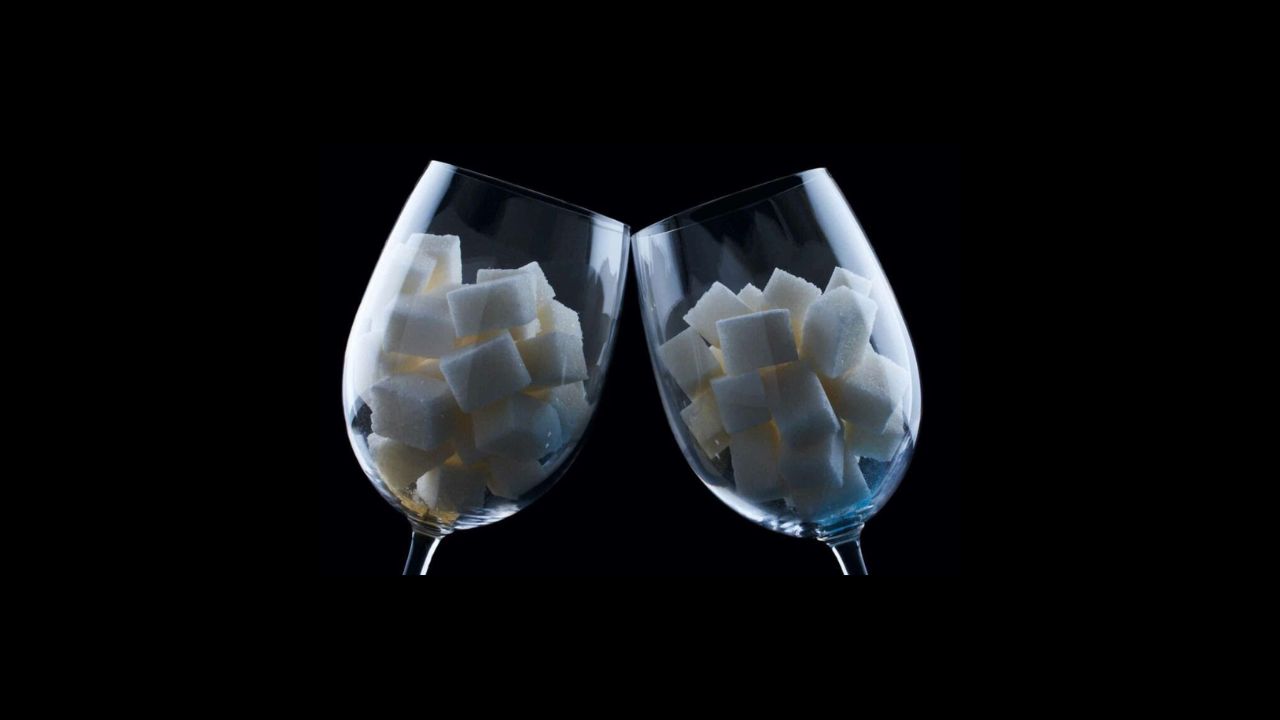

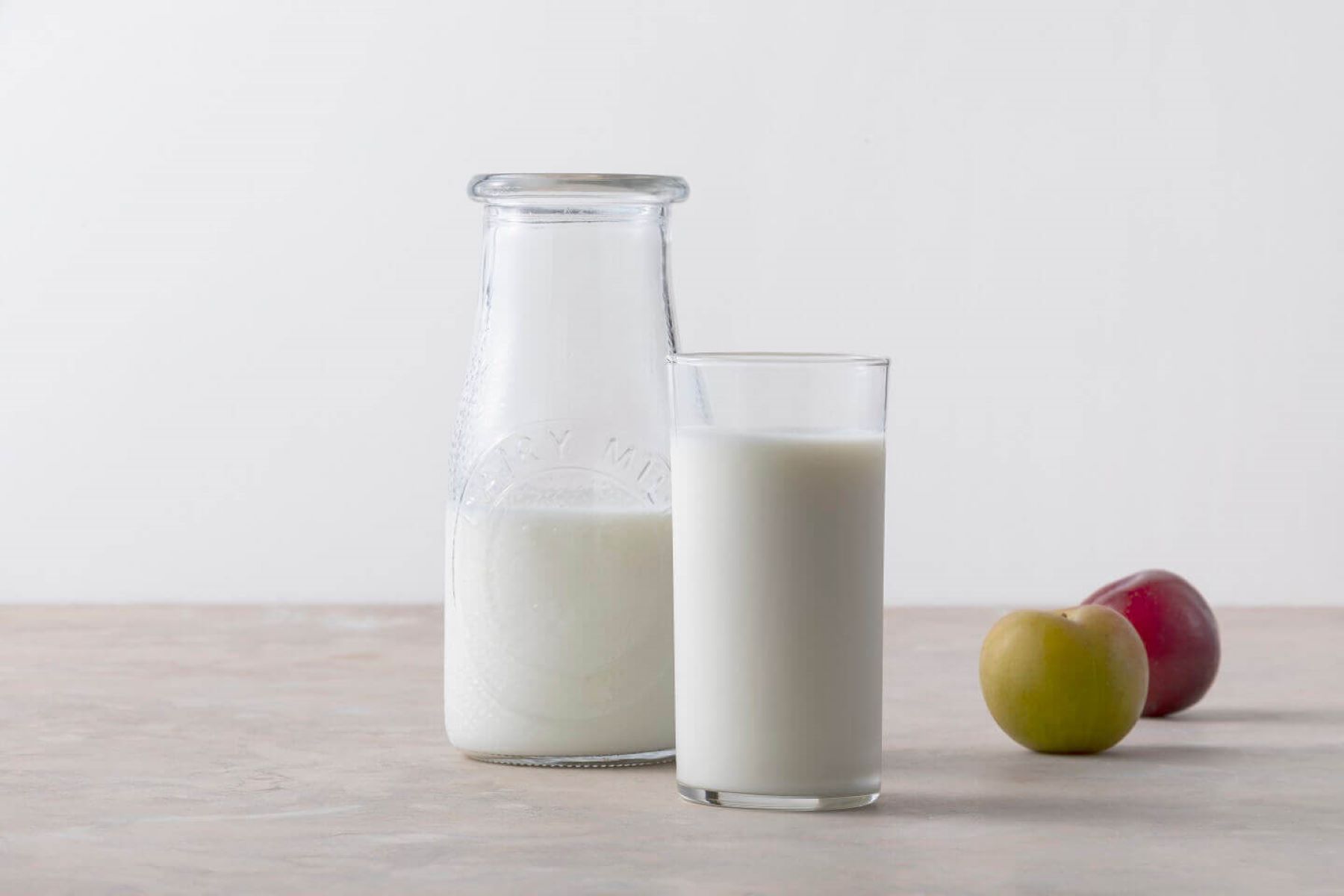
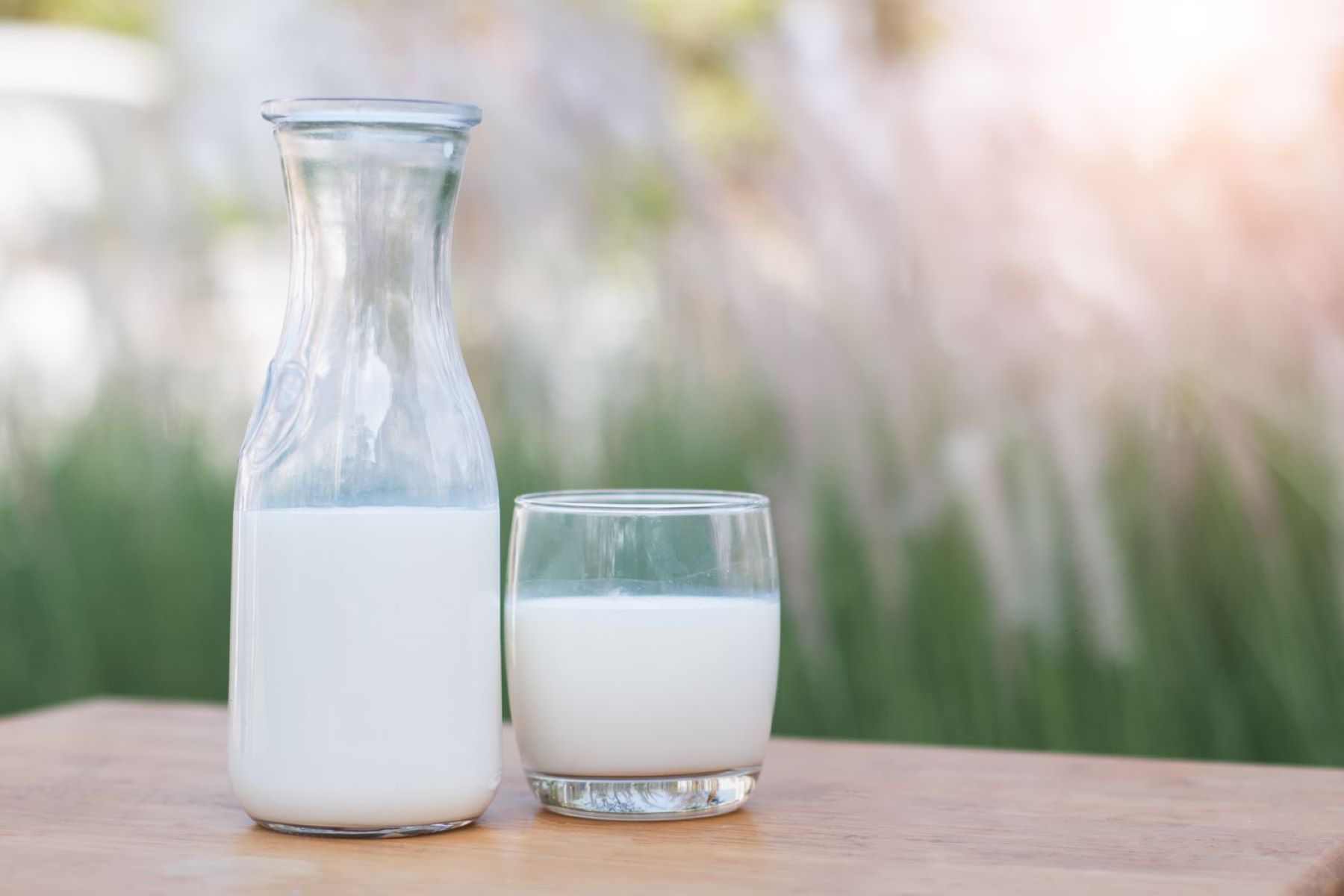


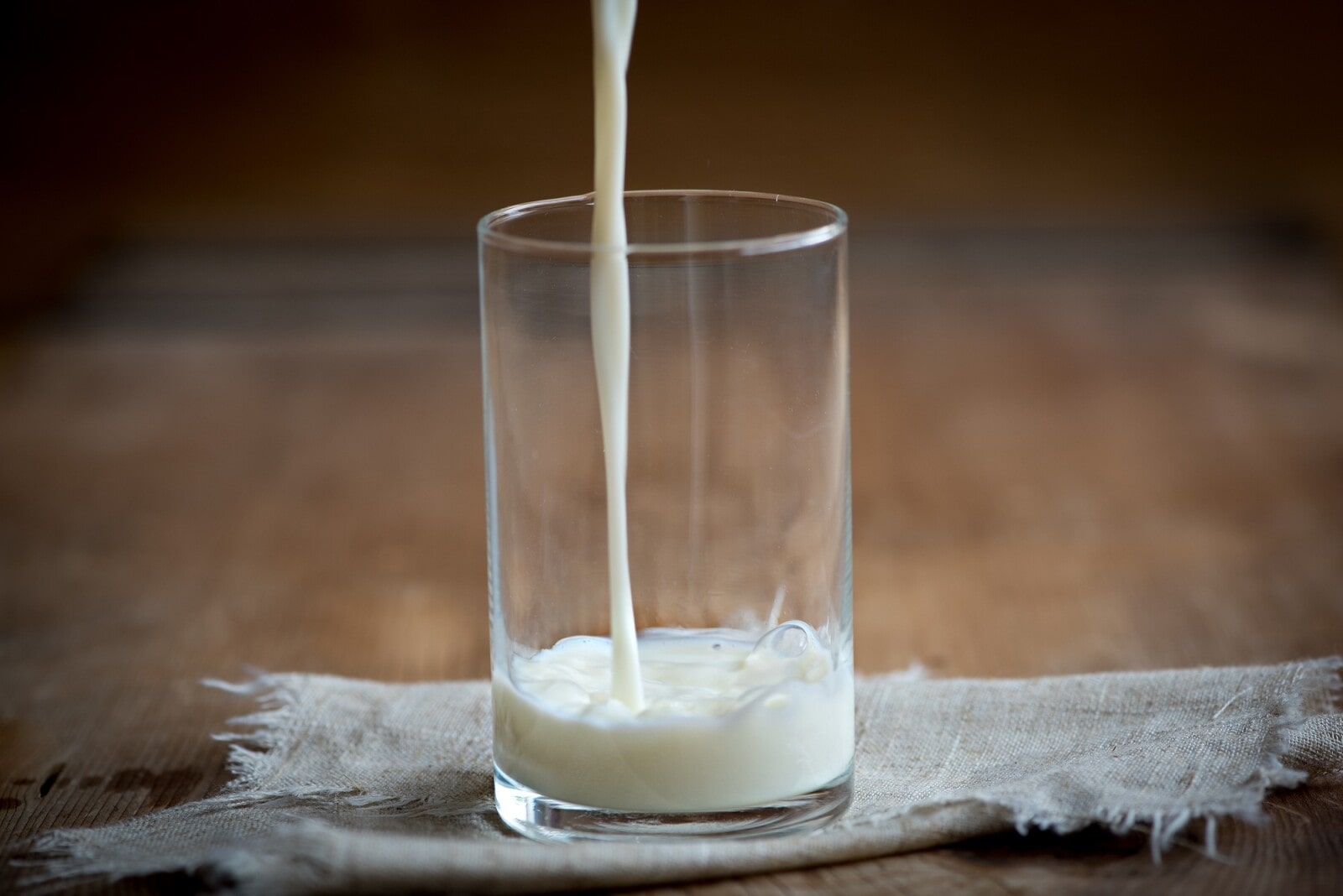







0 thoughts on “How Much Sugar Is In A Glass Of Milk”